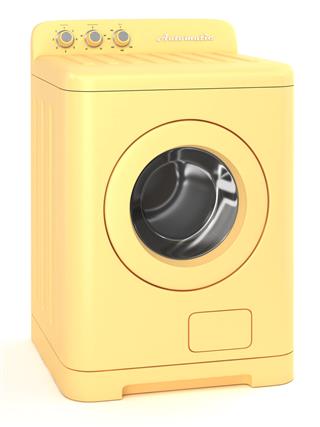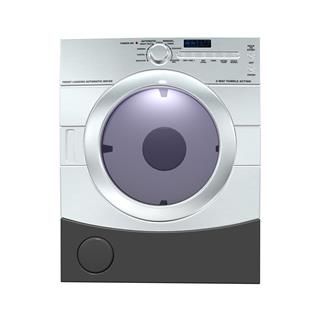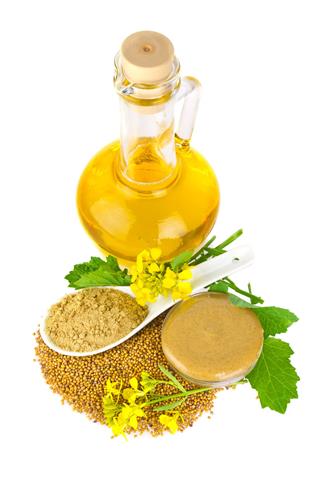
Micelles and liposomes are vesicles in which drugs can be trapped and administered more efficiently. However, these vesicles are not similar to each other. BiologyWise compares micelles vs. liposomes in order to illustrate the differences between the two.
BCS II, like metoprolol, and class IV drugs, like hydrochlorothiazide, have lower solubility and are less permeable through the intestinal lining. They are therefore administered via micelles.
Antifungal drugs, like amphotericin B, and the drugs that fight cancer, like daunorubicin and doxorubicin, are administered via liposomes.
Amphipathic or amphiphilic molecules are composed of a water-loving, hydrophilic heads and water-hating hydrophobic tails. It can be said that these molecules have a partial polar and a partial non-polar character. These molecules can be of different types, depending on the type of charge they carry; they can be classified into anionic, cationic, or zwitterionic.
Both micelles and liposomes are vesicular structures composed of above-mentioned amphipathic molecules. They have significant pharmaceutical applications. Liposomes and polymeric micelles help in increasing the time a particular drug may be present in the system, and therefore, help in increasing the efficiency of the drug. They also play a vital role in targeted drug delivery. Although, the structure of these two may seem similar, there are a few significant differences between the two.
Micelles Vs. Liposomes
| Micelles | Liposomes | |
| Definition | Micelles are structures composed of a monolayer of amphipathic molecules. In a biological system, the molecules tend to arrange themselves in such a manner that the inner core of these structures are hydrophobic and the outer layers are hydrophilic in nature. | Liposomes are composed of a bilayer of amphipathic molecules, the molecules are arranged in two concentric circles, such that the hydrophilic heads of the outer layer are exposed to the outer environment, and the hydrophilic heads of the inner layer make the inner hydrophilic core. The hydrophobic tails are tucked between the two layers. |
| Formation |
They are formed by the aggregation of amphipathic, surfactant molecules in a polar solvent beyond a particular concentration, known as Critical Micelle Concentration (CMC). | They are formed by the hydration of dry lipid molecules (amphipathic molecules) in a non-polar solvent followed by mechanical agitation. |
| The formation of both molecules increases considerably beyond a particular temperature. | ||
| This temperature is known as Krafft temperature. | This temperature is known as transition temperature (Tc or Tm). | |
| Nature of Constituent Molecules
|
Although both are composed of amphipathic molecules, the nature of these molecules are somewhat different. | |
| They are ideally formed by surfactant molecules like detergents, emulsifiers, various wetting agents as well as certain co-polymers. | They are formed by phospholipid molecules, like lecithin, along with cholesterol. | |
| Types | Micelles are formed when the surfactant molecules are dispersed in a polar medium like water. When surfactant molecules are dispersed in a non polar medium, they give rise a different type of micelle called reverse micelle. | Depending in the extent of mechanical agitation, or in some cases treatment with a polar solvent, liposomes can be classified as Small Unilamellar Vesicles or SUV (the liposome forms a vesicle of a single bilayer and is of a smaller size), Large Unilamellar Vesicles or LUV (the liposome forms a vesicle of a single bilayer and is of a larger size), Large Multilamellar Vesicles or MLV(the liposome is made of concentric layers of the bilayer), and Multivesicular Vesicles (MVV) (the liposome contains many vesicles of the bilayer that are not arranged in a concentric manner). |
| Size | They are much smaller than liposomes. Their size varies from 2 – 20 nm. | Depending on the type of liposome, the sizes may vary: Small Unilamellar Vesicles (SUV): 20 nm – 100 nm Large Unilamellar Vesicles (LUV): 100 nm – 400 nm Large Multilamellar Vesicles (MLV): 200 nm – 3 µm Multivesicular Vesicles (MVV): 200 nm – 3 µm |
| Nature of Molecules Transported | As these tend to have a hydrophobic core, they are used in the transport of insoluble hydrophobic molecules. | These can carry hydrophobic molecules in their hydrophobic tails (region between the two layer), and hydrophilic molecules in their hydrophilic core. |
| In Drug Delivery | As these may transiently influence the permeability of the intestinal lining, they are used to administer drugs that are not readily soluble, and hence, their uptake will be difficult. These are administered orally. | ● Liposomes are usually taken up by organs rich in reticuloendothelial system; hence, they are used to deliver drugs targeted to these organs.
● Sometimes, they are coated with special polymers so that they can target specific tumor cells only. ● Due to the high cost of making the relative liposomes, these are used only for the treatment of viral infection and killing of tumor cells. ● These drugs are usually administered via parenteral route (i.e. routes other than the oral route). |
Both liposomes and micelles have a wide range of application not only in medicine but also in various biological studies.



